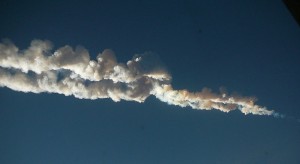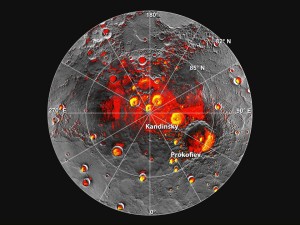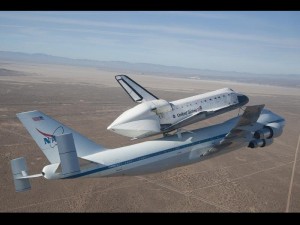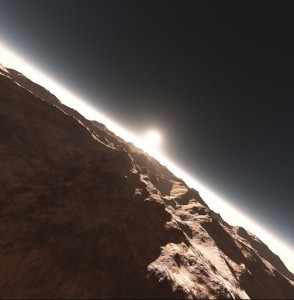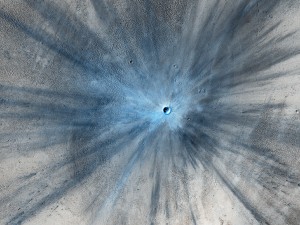 This amazing image is a crater on Mars taken by a high resolution camera, a High Resolution Imaging Science Experiment (HiRISE) camera to be precise. NASA released it this week, although a space rock caused this crater between July 2010 and May 2012 when they were imaging the site.
This amazing image is a crater on Mars taken by a high resolution camera, a High Resolution Imaging Science Experiment (HiRISE) camera to be precise. NASA released it this week, although a space rock caused this crater between July 2010 and May 2012 when they were imaging the site.
The crater is 30 metres in diameter and the resulting explosion threw debris as far as 15 kilometres away.
Visit this site if you’d like it to be your new wallpaper too.
Image from: The University of Arizona

